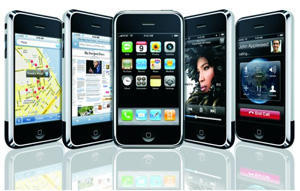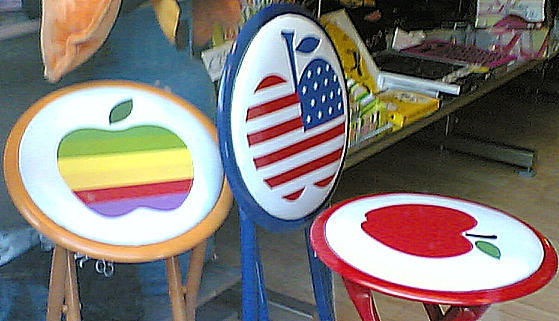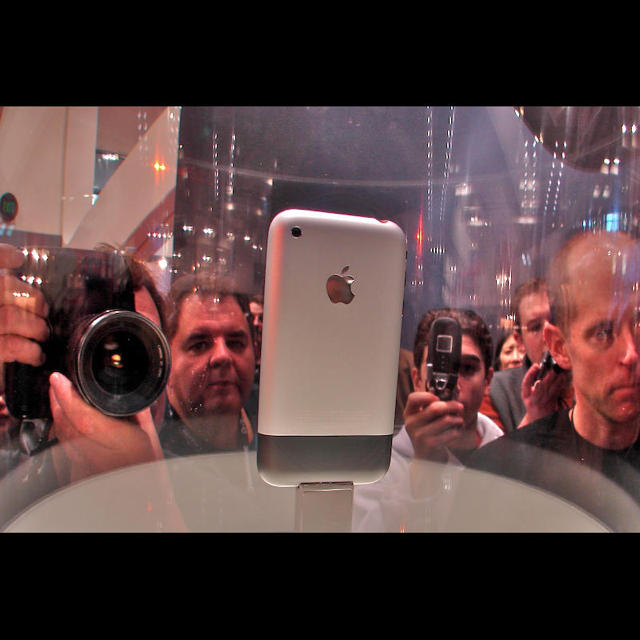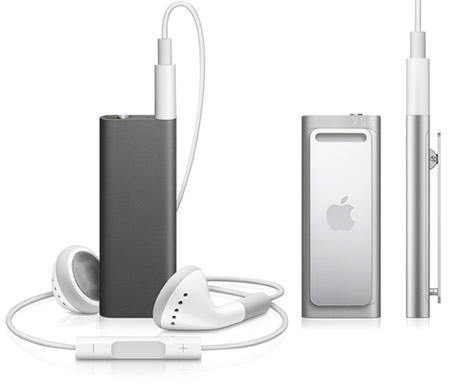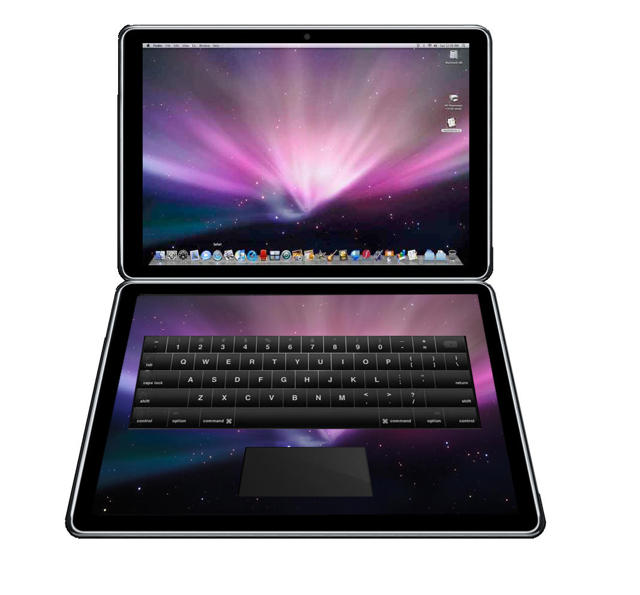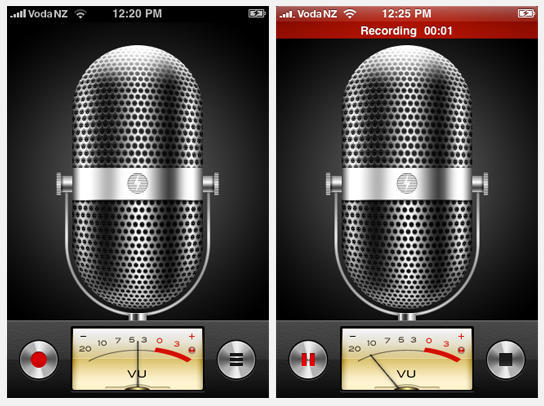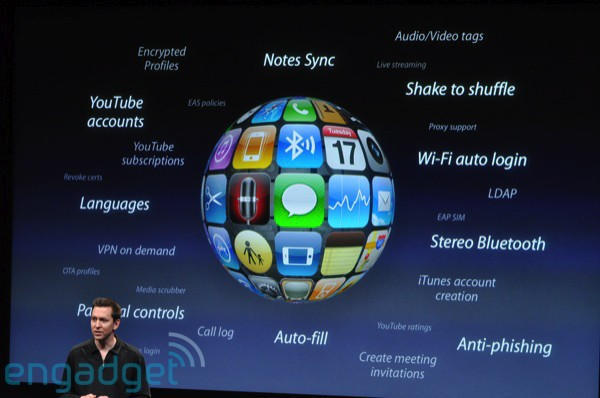Hold onto your seats, ladies and gentlemen. Steve Wozniak is in a dance-off against former Go-Gos lead singer Belinda Carlisle, who apparently lost the beat at some point in her routine last week. Results imminently.
9:43 p.m. Belinda Carlisle just finished her routine with the world’s most awkward headstand/look-at-my-crotch! move I’ve ever seen.
9:44 p.m. And the judges hated it, just 17 points! Woz might live to fight another day!
9:49 p.m. AANNDDD…we’re BACK!
9:50 p.m. Steve’s going for the quickstep again! This is apparently quite gutsy. And his partner is giving a dull inspirational speech.
9:51 p.m. Steve just stole her feather boa! That’s a good start!
9:51 p.m. This feels worse than last night, actually.
9:52 p.m. It does seem a lot more energetic now that we’re getting to the end. Woz is obviously really tired out now, but he had a blast doing it…
9:52 p.m. Bruno admires Steve’s sunny disposition. But “You are NOT a good dancer; but I love watching you!”
9:52 p.m. Carrie-Ann: “I liked you were better tonight. You were smoother!”
9:53 p.m. Stuffy English judge is impressed that Steve danced at all. And notes he’s the “best for fun and entertainment.” Which is pretty good praise for the creator of the world’s first dial-a-joke service.
9:53 p.m. Debrief interview. Steve: “I just loved doing it the whole time.” If eliminated: “We were lucky enough to do it twice!”
9:54 p.m. It’s another 17! That’s a tie with Belinda Carlisle. If Steve got more audience votes, he stays! I have to imagine there are more geeks than Go-Gos fans.
10:00 p.m. Good lord that was a long ad break. This stupid show goes until 10:03 p.m.
10:01 p.m. Belinda Carlisle’s going home! Woz is still in! WOZ IS STILL IN!
10:01 p.m. That’s one surprised Apple founder.
10:01 p.m. Apparently, we’ll be back next week, folks…



